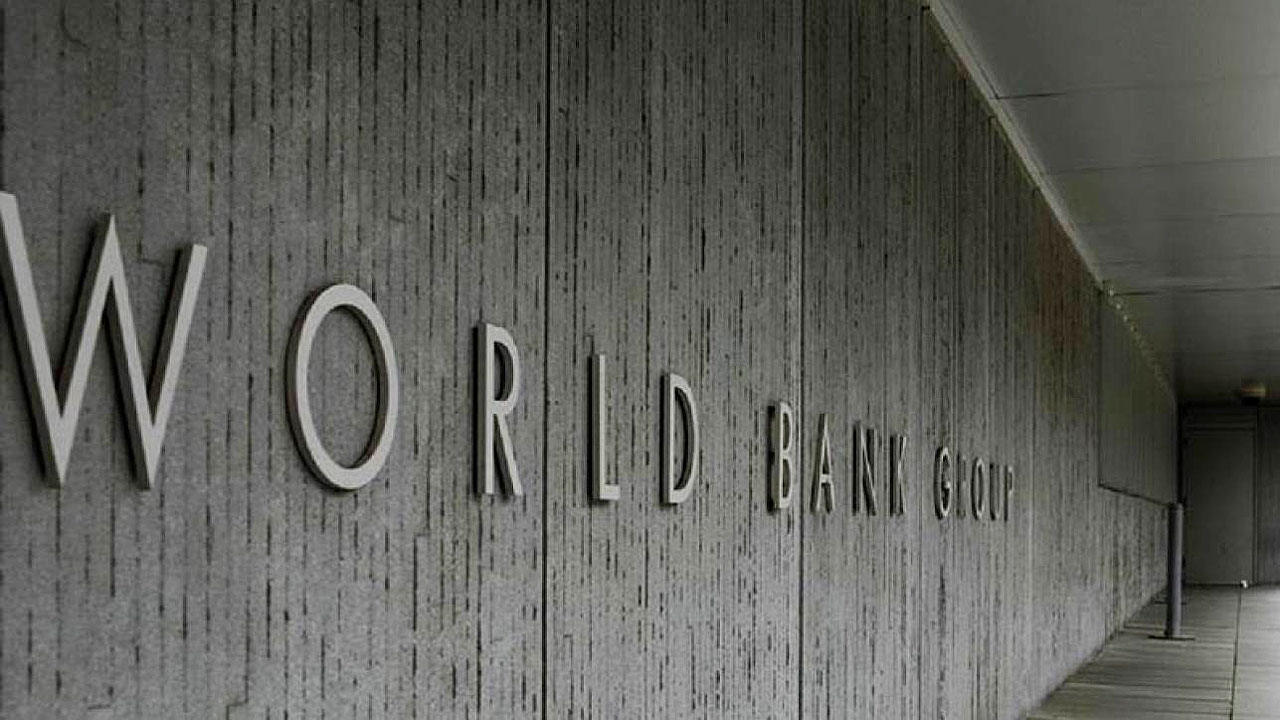WB sees end of PHL pandemic relief heightening default risk

THE Philippines is among several middle-income countries whose finance industries are at risk of rising loan defaults once pandemic-relief measures are wound down, the World Bank (WB) Group said in a report.
The bank, in its World Development Report 2022: Finance for an Equitable Recovery released on Tuesday, said the impact of the coronavirus disease 2019 (COVID-19) on the financial sector, at least in the short term, has been muted because of the emergency support programs to contain loan defaults.
“Although extensive income support and debt forbearance policies have helped to insulate the financial sector from a wave of loan defaults in the short run, few if any countries have the resources to keep these policies in place in the longer term,” the report said.
“Therefore, financial institutions around the world are likely to come under significant stress as debt moratoria and other support policies for borrowers are scaled back.”
Loan defaults have been increasing in India, Kenya, and the Philippines, along with more middle-income countries, according to the report.
“These emerging credit risks are also reflected in the worsening outlooks of the main international rating agencies for financial institutions as forbearance policies are lifted.”
Developing countries may expect hidden risks to emerge even though global banking systems have been reformed to ensure that they are well-capitalized after the 2008 financial crisis.
“Given that the global financial crisis affected primarily advanced economies, many emerging economies did not enact such reforms. As a result, their financial sectors are poorly prepared to withstand a crisis of the magnitude of the COVID-19 recession,” according to the report.
Financial risks in developing countries may be hidden because of the interrelated balance sheets of households, businesses, and banks — the share of nonperforming loans during the pandemic are lower than expected possibly because of delayed debt repayments and relaxed accounting standards.
Philippine banks’ nonperforming loan (NPL) ratio at the end of December fell to 3.99%, the lowest level in 11 months, following the reopening of the economy, according to preliminary data from the Bangko Sentral ng Pilipinas (BSP). However, it was still higher than the 3.63% at the end of 2020.
The industry’s NPL ratio had hit a 13-year high of 4.51% in July and August 2021.
Meanwhile, restructured loans grew by 70.6% to P356.35 billion at the end of December from P208.86 billion a year earlier.
Support measures introduced during the pandemic, included loan moratoria and relaxed accounting standards for recognizing distressed loans, have already lapsed. BSP Governor Benjamin E. Diokno has said the central bank will not be extending some regulatory relief measures because doing so would affect the viability of banks and limit their lending capacity.
High levels of nonperforming loans and hidden debt hamper credit access, which results in disproportionately reduced access to financing for low-income households and small businesses, the World Bank said.
“The risk is that the economic crisis of inflation and higher interest rates will spread due to financial fragility. Tighter global financial conditions and shallow domestic debt markets in many developing countries are crowding out private investment and dampening the recovery,” World Bank Group President David Malpass said.
“It is critical to work toward broad-based access to credit and growth-oriented capital allocation. This would enable smaller and more dynamic firms — and sectors with higher growth potential — to invest and create jobs.” — Jenina P. Ibañez



